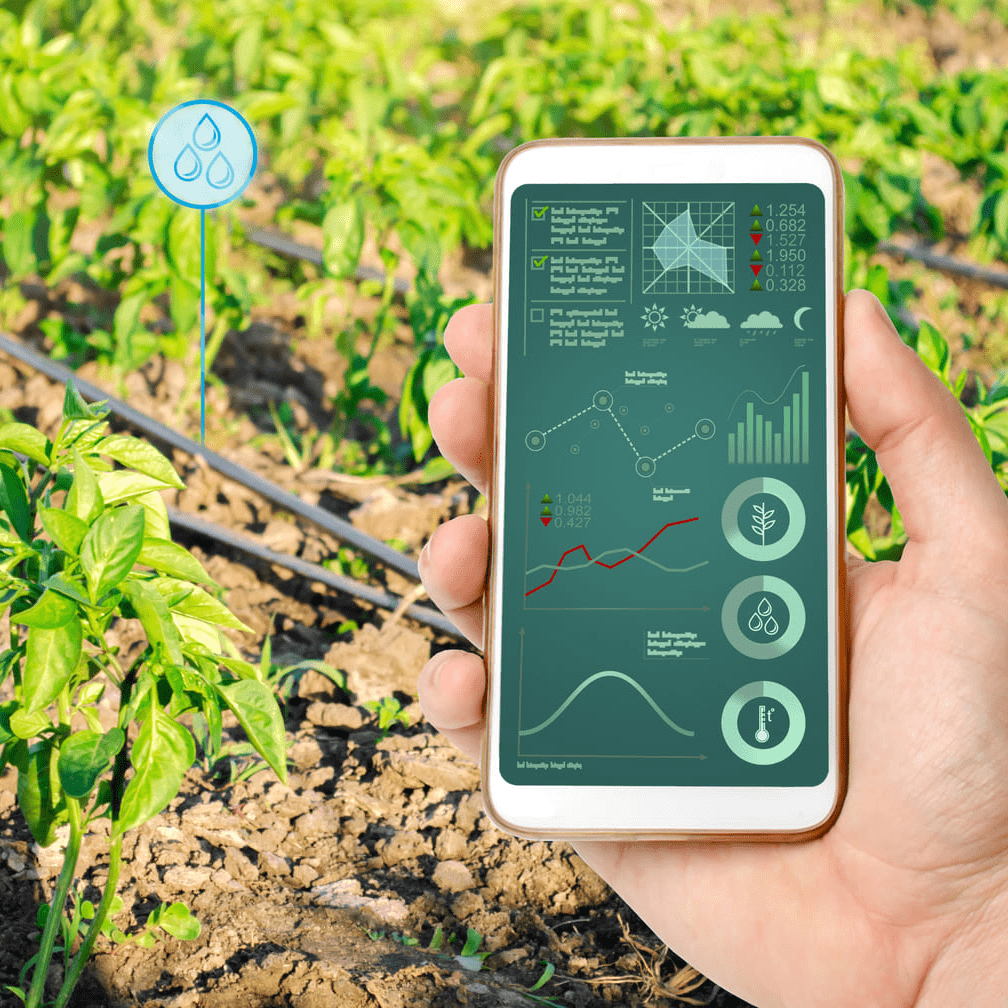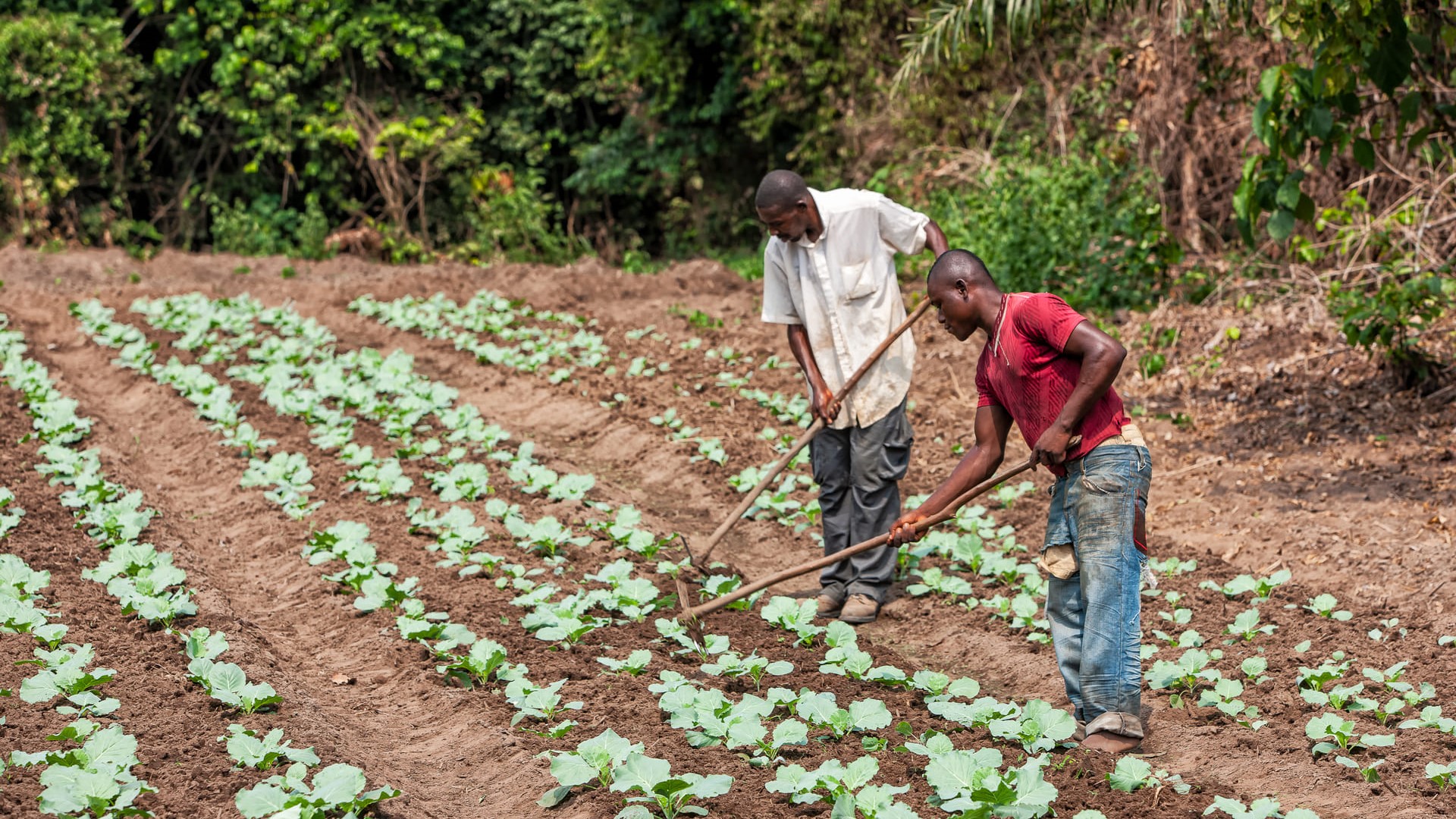Building climate-positive and resilient global food systems
According to the Food and Agriculture Organization, around two billion people in the world experience moderate to severe food insecurity. This trend will likely be exacerbated by the growing impacts of climate change. Therefore, the global food systems need to be transformed.

Transforming global food systems to combat rising food insecurity
As a result of COVID-19, we find ourselves dealing with more than just the immediate threat to human life. There is also a chain reaction of shocks that has spread across the globe, including rising levels of food insecurity.
To avoid the most devastating impacts of climate change and help farmers build resilience against future environmental and economic shocks, the global food systems need to be transformed. We must protect natural resources and biodiversity, enhance nutrition and improve the livelihoods of the world’s more than 500 million smallholder far

Using timely data to boost agricultural productivity
The right data at the right time is key to successful policymaking. We have to rapidly increase the access and use of timely data in decision-making to achieve the Sustainable Development Goals.
Satellite imagery can help the world tackle deforestation, improve water quality and support food security. That’s the reason why the UN’s Foundation’s Global Partnership for Sustainable Development Data (GPSDD), the Islamic Development Bank, the think tank Initiative Prospective Agricole et Rural and the Government of Senegal have collaborated to test the use of satellite imagery.

The impacts of this partnership include:
1. Agriculture
The Africa Regional Data Cube (ARDC), a tool harnessing the latest Earth observation data and satellite technology, has identified the characteristics of areas being used for agricultural activity across all 45 departments in Senegal. This decreased the time taken to collect the key data from five to two months. As a result, farmers could start selling crops earlier and reduce post-harvest losses. The government was also able to improve the distribution of drought-resistant crops to the areas that needed them most.
2. Deforestation
Satellite imagery, accessed through the ARDC, was also used to understand deforestation. This made it possible to focus on areas that have been affected by illegal logging, bush fires and the clearing of land for agriculture. It identified locations where deforestation was particularly high over a much larger geography and far quicker than it would have taken through manual mapping, field surveys and administrative records. This is helping to improve the understanding of the scope and drivers of deforestation and is supporting a more efficient targeting of resources to tackle it.
3. Water quality
Satellite data were used to provide insights into the level of water and quality of Lake Guiers, which provides about 40% of the water consumed in Senegal’s capital. Processed data from the ARDC allowed researchers to make a rapid calculation of the rate of water decline over the last four years. This helped reduce the time needed to assess water quality from more than two days to half a day and enabled a more rapid response to protect Dakar’s drinking water supplies.
Using climate data to help agriculture in Ghana
Across Ghana, there is inadequate information on various characteristics of farmers, such as where they are located, what crops they plant, and how they are building resilience to the aforementioned external factors. More timely data is crucial in order to monitor and improve progress on the Sustainable Development Goals: 2 (Zero Hunger), 8 (Decent Work and Economic Growth) and 12 (Responsible Consumption and Production). A data ecosystem that improves farmers’ access to up-to-date and accurate information can move the needle in accomplishing these goals, thereby improving the livelihoods of many.
The Ghana Statistical Service (GSS) recognized the critical nature of this information gap. Two years ago, they called upon the assistance of the Global Partnership for Sustainable Development Data (the Global Partnership) to facilitate collaboration amongst diverse and invested actors, including the Ministry of Food and Agriculture (MoFA), Esoko, and the National Disaster Management Organization (NADMO). Together they formed a public-private ecosystem to investigate practical solutions to this issue.
Omar Seidu, Head of Demographic Statistics and SDGs Coordinator at GSS explains, “Our role as coordinators of the National Statistical System means bringing together actors across the data ecosystem to work collaboratively, not in silos. Data partnerships like this one have increasingly become the norm in driving and governing data initiatives in Ghana.”

In order to monitor the efficiency of these services, a baseline survey of 644 randomly selected beneficiary farmers across 10 districts was conducted in September 2019. The Global Partnership, GSS, and MoFA contributed to the development of the questionnaire and the training of data collectors, offering guidance, a sampling frame and quality assurance. The survey results, in addition to providing insights on intervention utility, can also be used by the MoFA to provide additional insights into the results of the recent agricultural census, as well as to encourage policy on the nascent digital property addressing system that aims to ensure a unique digital address for every location.
97% of the survey respondents found the information ‘very useful.’ According to some of the farmers, it was most useful to determine which plants and seeds they should sow, and when, what fertilizers to apply, and when they should expect rainfall so they could prepare accordingly. Remaining nimble and up to date with this information can greatly contribute to higher productivity levels as they can plant at opportune times and mitigate the effects of unforeseen weather patterns.
